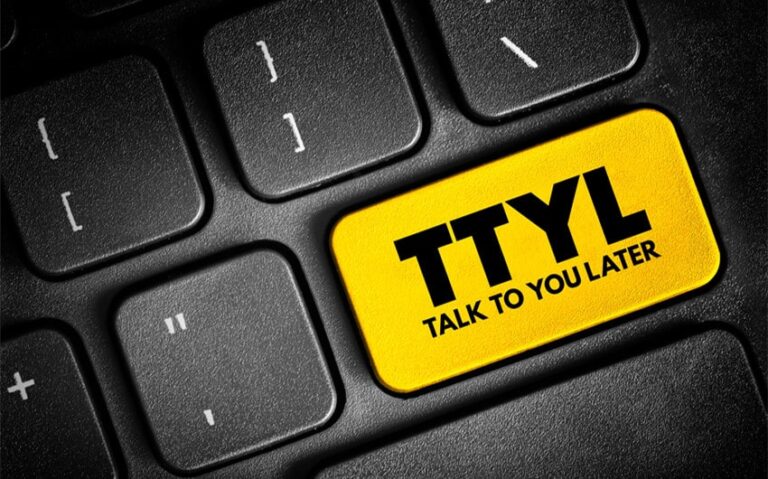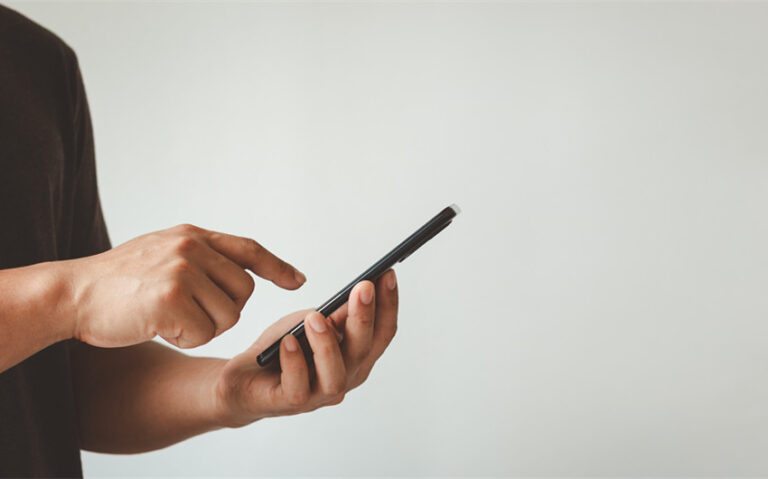FWB Meaning in Text: What It Really Means and How to Use It
If you’ve ever been chatting with someone and they mentioned “FWB,” you might have paused for a second, wondering what it actually means. Understanding FWB meaning in text is essential if you want to keep up with modern slang, especially in the world of dating and casual conversations. This abbreviation pops up frequently in online chats, social media, and dating apps, and while it might seem mysterious, it has a straightforward meaning. Knowing how to interpret FWB helps you navigate conversations with confidence and understand the kind of relationship someone might be talking about.
What Does FWB Mean in Text?
In texting and online communication, FWB stands for “Friends With Benefits.” It describes a type of relationship where two people share a friendship that also includes a romantic or physical connection—but without the expectations of a traditional committed relationship. In simple terms, FWB means you’re friends who also have mutual intimacy but keep things casual.
When you see FWB in a text, it’s often used to describe a situation or to clarify boundaries in a relationship. For example, if someone says, “We’re just FWB,” they mean that the relationship is friendly and physical but not romantic or exclusive. It’s about mutual understanding and open communication, usually between two people who value their friendship but aren’t looking for long-term commitment at that moment.
FWB is an informal term and should be used thoughtfully, as it carries personal meaning depending on context. It’s most common in private conversations, online discussions about dating, or social media posts that reference modern relationship dynamics. While it’s perfectly fine to use the term casually, it’s always best to make sure both people understand and agree on what it means in their specific situation.
Here are a few simple examples of how FWB might appear in conversation:
-
“We’re more like FWB than anything serious.”
-
“He said he’s not ready to date, just looking for FWB.”
-
“I thought we were just FWB, but I started catching feelings.”
-
“Being FWB can get messy if you’re not honest.”
-
“We started as FWB, but now it’s complicated.”
Each example shows how FWB is used to describe the type of relationship between two people—sometimes clear, sometimes confusing, but always casual by design.
Common Examples and Situations Using FWB
Understanding how FWB appears in real-life texting situations helps you recognize tone and context. It’s not just a label—it can reflect different levels of friendship, honesty, and emotional boundaries. Below are several examples of how people might use FWB naturally in text or conversation.
-
Clarifying expectations:
“Just to be clear, we’re FWB, right? Nothing more?”
→ Used when someone wants to make sure both people are on the same page. -
Explaining a relationship:
“We’ve been FWB for a few months now, and it’s working fine.”
→ A calm statement describing an ongoing, casual arrangement. -
Expressing curiosity:
“What exactly does FWB mean to you?”
→ A respectful way to ask for clarification before assuming anything. -
Discussing feelings:
“I know we said FWB, but I think I like you more than that.”
→ Shows how emotions can sometimes grow in what was meant to be a casual setup. -
Casual conversation with friends:
“They’re just FWB, nothing serious yet.”
→ Used to describe someone else’s situation casually. -
Defining boundaries:
“I’m okay with FWB as long as we stay honest about it.”
→ A healthy way to keep communication open and avoid misunderstandings. -
Declining politely:
“I’m not really into the whole FWB thing.”
→ Used to express personal preference or boundaries. -
Social media reference:
“Everyone talking about FWB like it’s easy—communication is key!”
→ A general comment on the concept rather than a personal situation. -
Playful tone:
“FWB? You mean Friends With Brunch? 😂”
→ A humorous twist to keep the conversation light. -
Transitioning out of FWB:
“We decided to stop being FWB and just stay friends.”
→ Showing maturity and understanding after re-evaluating the situation.
These examples show that FWB can appear in different emotional tones—some serious, some funny, and others honest or uncertain. The context always determines the meaning, so tone and relationship history matter as much as the term itself.
The Origin and Popularity of FWB
The term Friends With Benefits has been around for decades, but it became especially popular in the early 2000s when modern dating culture started emphasizing openness and communication. The phrase gained even more recognition through movies and television shows, like the 2011 romantic comedy Friends With Benefits, starring Justin Timberlake and Mila Kunis. The film helped normalize the term, making it part of mainstream conversation about casual relationships.
With the rise of texting and dating apps, FWB quickly became the shorthand version of the phrase. Apps like Tinder, Bumble, and Hinge made casual connections easier to discuss, and abbreviations like FWB became a quick, discreet way to describe intentions. It allowed people to communicate their expectations upfront without long explanations.
The growing acceptance of FWB relationships also reflects broader changes in how people view connection and intimacy. In today’s world, not everyone seeks a traditional relationship. Many people use texting and social platforms to form connections that fit their lifestyle, values, or emotional readiness. Abbreviations like FWB help make those conversations more approachable and less intimidating.
However, it’s important to remember that FWB still involves emotional awareness and respect. While it may describe a casual connection, honesty and communication are essential. Every friendship or relationship—casual or committed—benefits from clear boundaries and mutual understanding.




